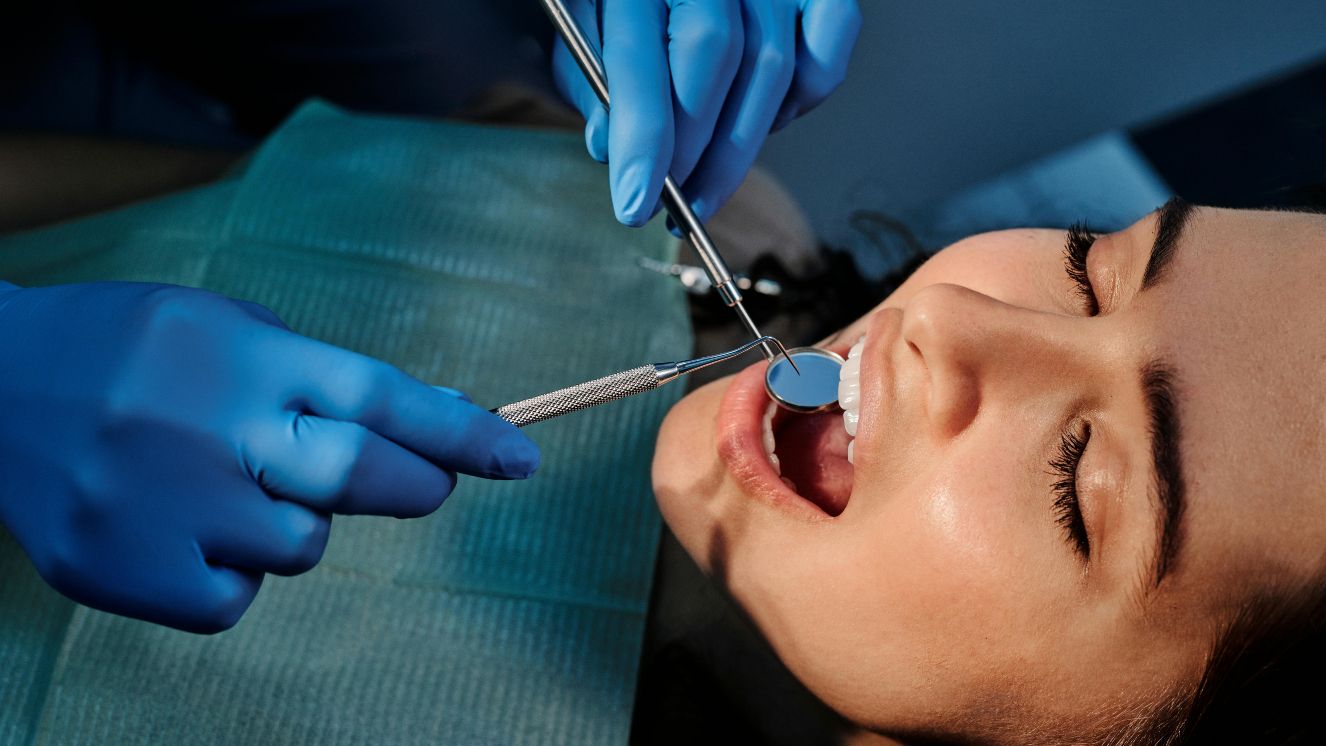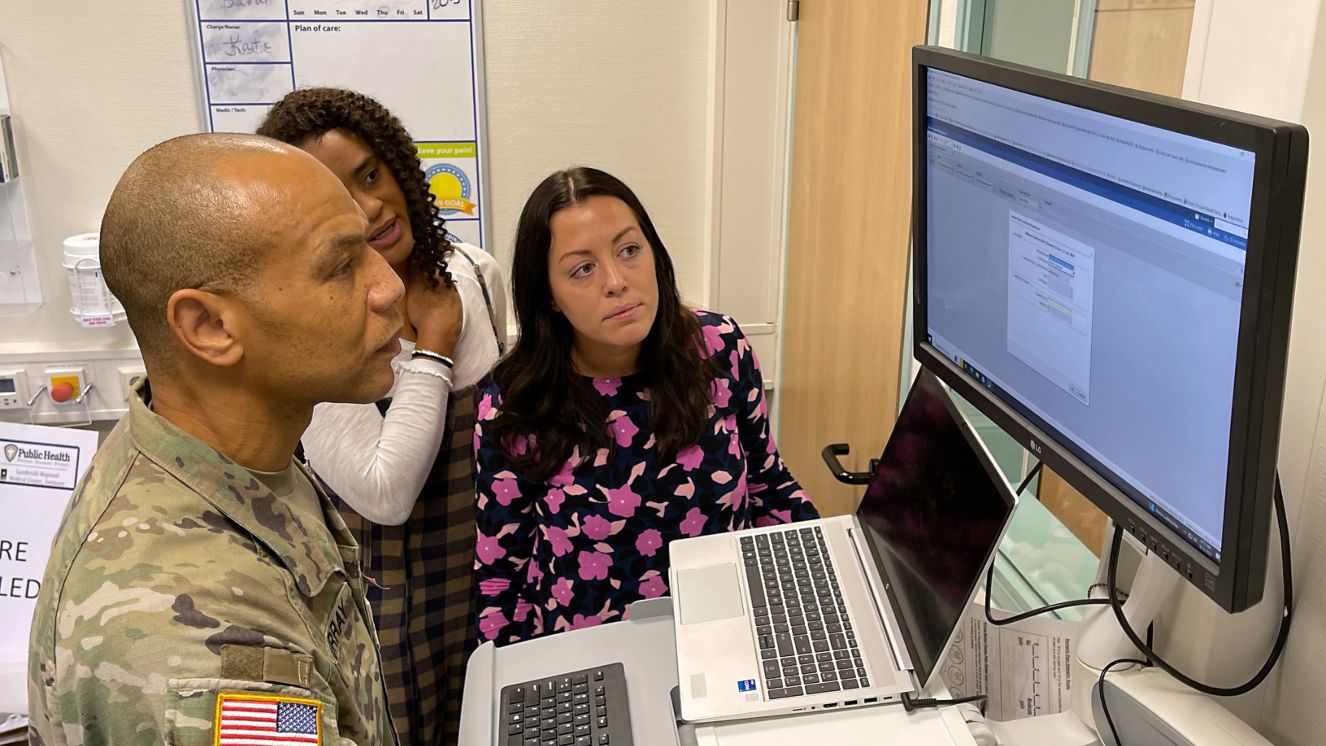VA CAREGIVER SUPPORT PROGRAM: 2024 ELIGIBILITY CHANGES

Veterans and their loved ones understand that life in our armed forces comes with many duties and sacrifices, including intensive military training, multiple relocations, lengthy deployments, and the very real threat of facing physical and mental harm. When a Veteran has been seriously injured or has aggravated an injury in the line of duty, often a close family member will step up to serve as a caretaker for the Veteran’s needs. Sometimes these caregivers themselves need extra help in their mission to make their Veterans’ lives easier. To support both disabled Veterans and their caretakers, the U.S. Department of Veterans Affairs has created a unique VA Caregiver Program to help lighten some of the heavy realities and responsibilities both face.
VA Caregiver Support Program Overview 2024
The Program of Comprehensive Assistance for Family Caregivers (PCAFC) is specifically designed to provide training, support, mental health services, a financial stipend, and health insurance to the caregivers of eligible disabled Veterans. The kind of care that a disabled Veteran might require could include:
- Everyday personal needs (such as feeding, bathing, and dressing).
- Safety, protection, or instruction in their daily living environment.
- Other health and well-being essentials.
The Program of General Caregiver Support Services (PGCSS) is also available, offering resources, education, and support to caregivers of Veterans, but the Veteran does not need to have a service-connected condition.
No formal application is required. Find out more information about the PGCSS from its online fact sheet. Your local Caregiver Support Coordinator or the VA's Caregiver Support Line at 1 (855) 260-3274 can also help you get services through this program.
VA Caregiver Support Program Benefits 2024
Once within the program, a Veteran can select one primary caregiver (their main caretaker) and up to two secondary caregivers (who can provide backup for the primary caretaker).
Primary Caregivers May Receive:
- A monthly stipend (paid directly to the caretaker).
- Access to health care insurance through the Civilian Health and Medical Program of the Department of Veterans Affairs (CHAMPVA), if they don’t have health insurance already.
- Mental health counseling.
- Certain travel benefits when traveling with the Veteran to appointments.
- At least 30 days of respite care for the Veteran per year. Respite is a short-term break for the primary caretaker, allowing someone else to care for the Veteran.
Secondary Caregivers May Receive:
- Mental health counseling.
- Certain travel benefits when traveling with the Veteran to appointments.
- At least 30 days of respite care for the Veteran per year. Respite is a short-term break for the primary caretaker, allowing someone else to care for the Veteran.
VA Caregiver Stipend Rates for 2024
The VA determines any stipend payment on the definition of a “monthly stipend rate.” This means the Office of Personnel Management (OPM) General Schedule (GS) Annual Rate for Grade 4, Step 1, based on the locality pay area in which the eligible Veteran resides, divided by 12. The amount and degree of personal care services are divided into two levels, based on whether the Veteran is able or unable to self-sustain in the community.
- For Level 1: An eligible Veteran is determined not to be “unable to self-sustain” in the community. The primary family caregiver’s stipend amount will be 62.5 percent of the monthly stipend rate.
- For Level 2: An eligible Veteran is determined to be unable to self-sustain in the community. The primary family caregiver’s stipend amount will be 100 percent of the monthly stipend rate.
2024 Eligibility for VA Caregiver Program
If you’re a Veteran with a service-related disability, you and the people who help care for you could be eligible for some incredibly helpful benefits. Both a disabled Veteran and their caregiver(s) must meet certain requirements to enter the program.
VA Caregiver Requirements
To be an approved caregiver in the PCAFC program, a person must be:
- At least 18 years old and at least one of the following must be true:
- You must be either:
- A spouse, son, daughter, parent, stepfamily member, or extended family member of the Veteran , or
- Someone who lives full-time with the Veteran or is willing to do so if designated as a family caregiver.
For a Veteran being cared for to be eligible for this program, all of the following must be true:
- The Veteran must have a VA disability rating (individual or combined) of 70 percent or higher.
- The Veteran’s service-connected disabilities must have been caused or been made worse by active-duty service during either of these time periods:
- On or after Sept. 11, 2001, or
- On or before May 7, 1975.
- The Veteran must have been discharged from the U.S. military or have a date of medical discharge.
- The Veteran must need at least six months of continuous, in-person personal care services, which may be based on:
- an inability to perform an activity of daily living (ADL).
- a need for supervision, protection, or instruction.
2024 Qualifications Expansion
The VA plans to expand its caregiver program to include up to 3,124 more Veterans with unemployability designations, broadening eligibility beyond those with a 70% disability rating.
New rules help clarify eligibility for higher-tier benefits, focusing on Veterans needing help with daily activities or supervision for conditions like brain injuries, mental health disorders, and dementia.
Veterans and caregivers in assisted living facilities will remain eligible, as these housing types aren’t equated with nursing homes.
Home assessments will see changes and will take place less frequently, shifting from annual to every two years. There will also be allowances for telehealth visits during emergencies.
Caregivers exiting the program due to domestic violence can receive up to three months of benefits and stipends under compassionate removal provisions.
The VA caregiver program’s proposed changes aim to stabilize its rollout, delaying discharges until eligibility reassessments begin, potentially in March 2026.
By revamping things, the VA expects to spend $5.3 billion over five years and $13.9 billion over 10 years but will be ensuring support for tens of thousands of Veterans and their caregivers.
How to Apply for VA Caregiver Support in 2024
A disabled Veteran and their caregiver(s) will need to apply together for entry into the PCAFC. You'll both need to sign and date the forms and answer all questions for your particular role. Some of the information you’ll likely need to provide with your application:
- A VA Form 10-10CG.
- An address, phone number, and date of birth for the Veteran and each caregiver applicant.
- The name of the VA medical center where the Veteran will receive care.
- Health insurance information for the primary family caregiver.
- The Social Security Number or tax ID number for the Veteran.
Applying Online
The VA offers a step-by-step explanation of the application process online, including how to prepare your documentation and where to find in-person help if you need it. From that web page, you can even begin filling out Form 10-10CG online and get your application rolling.
Applying in Person
Bring the completed VA Form 10-10CG to your local VA medical center’s Caregiver Support Coordinator. To find your local coordinator, you can:
- Search the VA Caregiver Support Coordinator directory.
- Call the Caregiver Support Line at 1 (855) 260-3274.
Do not send medical records with your application. The VA will follow up after your application is received.
Applying by Mail
You can also send a physical application through the mail. Download the VA Form 10-10CG online, then mail it and all your supporting documents to Program of Comprehensive Assistance for Family Caregivers Health Eligibility Center 2957 Clairmont Road NE, Suite 200 Atlanta, GA 30329-1647 Phone: 1 (855) 488-8440, option 3 If you need help completing the paperwork or want to check the status of your 10-10CG application, call 1 (855) 488-8440, option 3.
Alternatives if Ineligible for VA Caregiver Support 2024
If the disabled Veteran and their caregiver(s) don’t qualify for the PCAFC, there are still other resources available to them through the PGCSS.
If you want to learn more, download the Veterans Affairs Caregivers PCAFC Expansion Booklet online, visit the VA’s Caregiver Support Program website, or call its Caregiver Support Line at 1 (855) 260-3274.
Suggested reads:
BY BUDDY BLOUIN
Buddy Blouin is a Contributing Writer at VeteranLife.com
Buddy Blouin is a Contributing Writer at VeteranLife.com



